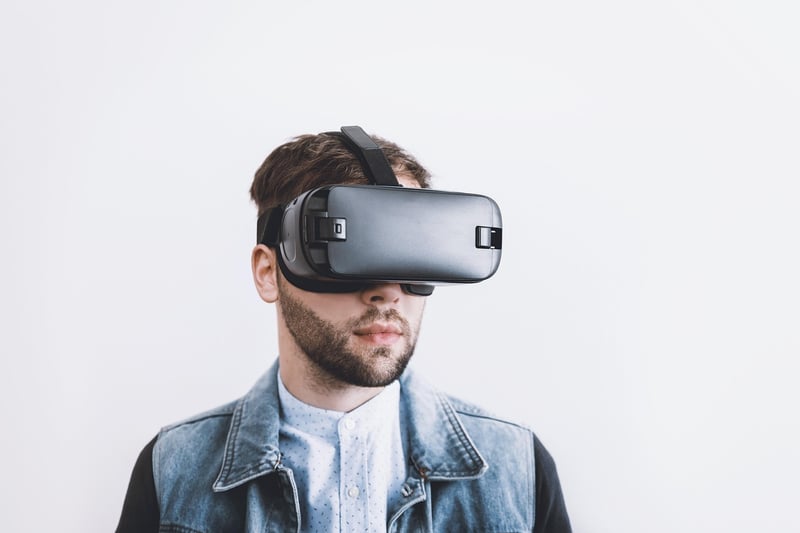Altered Realities
Understanding Time Complexities in Algorithms
When it comes to analyzing algorithms, time complexity plays a crucial role in determining the efficiency and performance of a solution. Understanding time complexities can help developers make informed decisions about algorithm selection and optimization. Let's delve into the basics of time complexities and how they impact algorithm design.
What is Time Complexity?
Time complexity is a measure of the amount of time an algorithm takes to run as a function of the length of the input. It helps in evaluating how the runtime of an algorithm grows with the size of the input data. Time complexity is usually expressed using Big O notation, which provides an upper bound on the growth rate of an algorithm.
Common Time Complexities
Some common time complexities include:
- O(1) - Constant Time
- O(log n) - Logarithmic Time
- O(n) - Linear Time
- O(n log n) - Linearithmic Time
- O(n^2) - Quadratic Time
- O(2^n) - Exponential Time
Impact on Algorithm Efficiency
Understanding the time complexity of an algorithm is essential for assessing its efficiency. Algorithms with lower time complexities are considered more efficient as they can handle larger inputs within reasonable time frames. Developers often strive to optimize algorithms to achieve better time complexities and enhance performance.
Altered Realities: Exploring Virtual Worlds
Altered realities, such as virtual reality (VR) and augmented reality (AR), have revolutionized the way we experience digital environments. These technologies blend the physical and virtual worlds to create immersive experiences for users. Let's take a closer look at these altered realities and their applications.
Virtual Reality (VR)
Virtual reality transports users to entirely virtual environments, simulating presence in a digital world. VR headsets and controllers enable users to interact with and navigate these immersive spaces, offering endless possibilities for gaming, training, education, and more.

Augmented Reality (AR)
Augmented reality overlays digital content onto the real world, enhancing the user's perception of their surroundings. AR applications on smartphones and smart glasses blend virtual elements with the physical environment, offering interactive experiences for gaming, navigation, retail, and more.

By understanding time complexities in algorithms and exploring altered realities like VR and AR, we can appreciate the intersection of technology and user experience in shaping the future of digital interactions.
